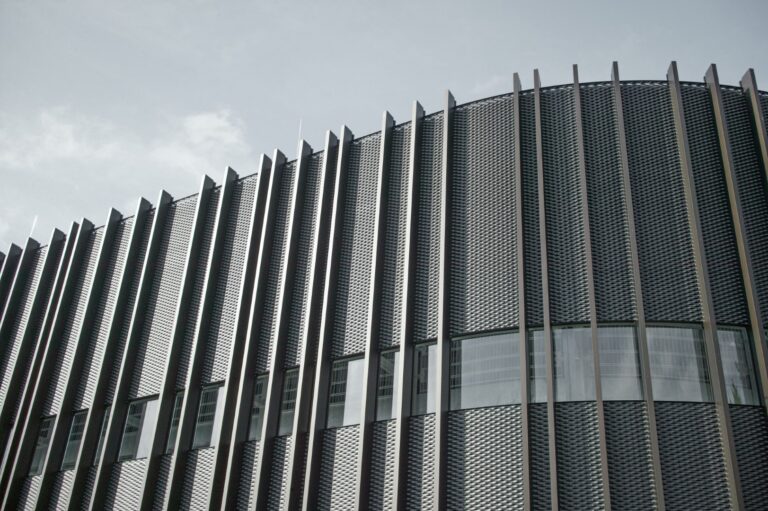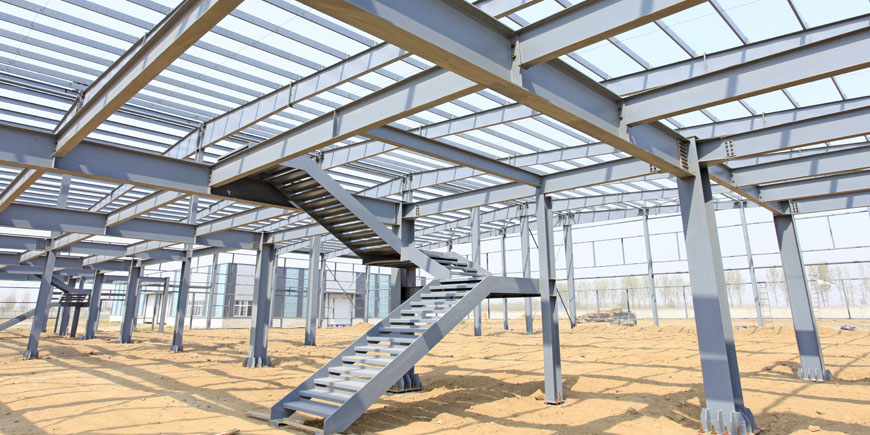Architectural metal fabrication is a fascinating field that plays a crucial role in modern construction and design. It involves the creation and customization of metal components used in buildings and structures. But what exactly does this process entail, and why is it so important? In this article, we’ll explore the intricacies of architectural metal fabrication, its applications, and its significance in today’s world.
At its core, architectural metal fabrication involves the transformation of raw metal into functional and aesthetic components. These components can include everything from structural beams and columns to intricate decorative elements. The process requires a combination of skilled craftsmanship, advanced technology, and a deep understanding of design principles.

The Basics of Architectural Metal Fabrication
Architectural metal fabrication begins with the selection of materials. Common metals used in this field include steel, aluminum, and copper. Each metal has its own unique properties and advantages, making it suitable for different applications.
Materials Used in Metal Fabrication
Steel is known for its strength and durability, making it ideal for structural components. Aluminum, on the other hand, is lightweight and resistant to corrosion, making it perfect for exterior elements. Copper is prized for its aesthetic appeal and conductivity, often used in decorative elements and electrical components.
Tools and Techniques
The fabrication process involves a range of tools and techniques. Cutting, bending, and welding are some of the most common methods used. Advanced technologies, such as laser cutting and CNC machining, have revolutionized the industry, allowing for precision and efficiency.
Applications of Architectural Metal Fabrication
Architectural metal fabrication is used in a wide variety of applications, from residential homes to large commercial buildings. It plays a vital role in creating the structural framework of a building, as well as enhancing its aesthetic appeal.
Residential Applications
In residential settings, metal fabrication is often used for staircases, railings, and decorative features. These elements not only provide structural support but also add a touch of elegance and sophistication to the home.
Commercial Applications
In commercial buildings, architectural metal fabrication is essential for creating durable and attractive facades, roofing systems, and interior fixtures. These components contribute to the overall design and functionality of the building.
The Importance of Craftsmanship
One of the most critical aspects of architectural metal fabrication is craftsmanship. Skilled artisans and fabricators bring designs to life, ensuring that each component is meticulously crafted to meet the highest standards of quality and precision.
Custom Metalwork
Custom metalwork allows architects and designers to realize their unique visions. Whether it’s a custom-designed staircase or an intricate metal sculpture, skilled fabricators have the expertise to create one-of-a-kind pieces that enhance the overall design of a space.
Quality Assurance
Quality assurance is a fundamental part of the fabrication process. Each component undergoes rigorous testing and inspection to ensure it meets industry standards and specifications. This commitment to quality ensures that the final product is both safe and reliable.
Challenges and Innovations
Like any industry, architectural metal fabrication faces its share of challenges. From rising material costs to evolving design trends, fabricators must continually adapt to meet the demands of the market.
Sustainability
Sustainability is a growing concern in the construction industry, and architectural metal fabrication is no exception. Fabricators are exploring eco-friendly materials and processes to reduce their environmental impact. This includes using recycled metals and implementing energy-efficient manufacturing techniques.
Technological Advancements
Technological advancements have also played a significant role in shaping the industry. Innovations such as 3D printing and digital modeling have opened up new possibilities for design and fabrication, allowing for greater creativity and precision.
Conclusion
In conclusion, architectural metal fabrication is a dynamic and essential industry that contributes to the beauty and functionality of our built environment. From the selection of materials to the final touches of craftsmanship, each step in the process is vital to creating structures that are both durable and visually appealing.
For more information on architectural metal fabrication, you can visit Alroy’s Architectural Metal Fabrication or explore further on All Metals Fab.

FAQs
What is the role of technology in metal fabrication?
Technology plays a significant role in metal fabrication by enhancing precision and efficiency. Technologies like laser cutting and CNC machining allow for intricate designs and reduce waste.
How does sustainability impact the industry?
Sustainability is becoming increasingly important in metal fabrication. Fabricators are adopting eco-friendly practices, such as using recycled materials and energy-efficient processes, to minimize their environmental impact.
Why is craftsmanship important in architectural metal fabrication?
Craftsmanship is crucial because it ensures that each component is crafted to the highest standards. Skilled artisans bring designs to life, creating pieces that are both functional and aesthetically pleasing.
This article contains affiliate links. We may earn a commission at no extra cost to you.

